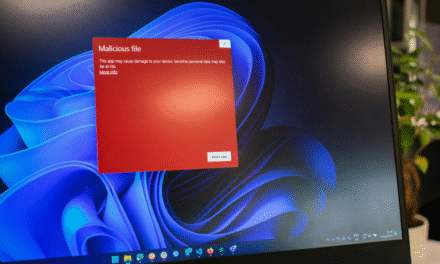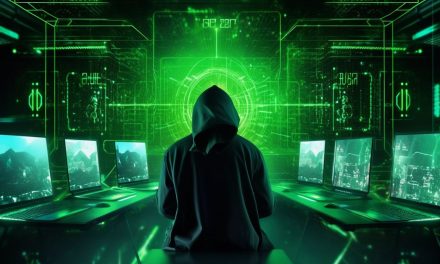Deepfakes are used in cyberattacks primarily for sophisticated social engineering, impersonation fraud, and spreading disinformation. By using artificial intelligence to create highly realistic but entirely fake audio and video, attackers can bypass traditional security controls and manipulate human trust in ways that were previously impossible.
As of September 2, 2025, deepfake technology has moved from a novelty to a powerful and accessible weapon in the cybercriminal’s arsenal. For individuals and businesses here in Rawalpindi and across Pakistan, it represents a new and deeply unsettling frontier of digital deception.
1. The New Frontier of Fraud: Deepfake Voice Scams (Vishing)
This is the most common and rapidly growing use of deepfakes in cyberattacks. “Vishing,” or voice phishing, has been supercharged by AI.
- How It Works: An attacker only needs a few seconds of a person’s voice, often sourced from a public video on social media or a company’s website, to create a realistic, real-time clone of their voice. They then use this cloned voice to carry out highly convincing scams.
- The Attack Scenario (CEO Fraud): An attacker, using a perfect clone of a company’s CEO’s voice, calls a junior employee in the finance department. The “CEO” claims to be in a very important, confidential meeting and urgently needs a wire transfer made to a new “vendor” to close a secret deal. The voice is a perfect match, and the urgency of the request bypasses the employee’s suspicion. This is an advanced and incredibly effective form of Business Email Compromise (BEC).
- The Impact: This technique has already been used to defraud companies of millions of dollars globally. It preys on the fundamental human instinct to trust what we hear and obey authority.
2. Undermining Trust: Deepfake Video for Impersonation
While still more computationally expensive, deepfake video is a powerful tool for high-stakes impersonation and social engineering.
- How It Works: Attackers use AI to manipulate a video, replacing one person’s face with another’s in a hyper-realistic way.
- The Attack Scenarios:
- Corporate Impersonation: An attacker could use a deepfake video of a senior executive in a live video call to trick a team into revealing sensitive project information.
- “Know Your Customer” (KYC) Bypass: Many financial services in Pakistan and abroad use a video call with a customer holding their ID card to open a new account. Attackers are developing deepfakes to bypass these identity verification checks and open fraudulent accounts.
- Personal Extortion (“Sextortion”): Criminals can create fake, explicit videos of a person and then use them for extortion, demanding payment to prevent the video from being released to the person’s family and friends.
3. Spreading Disinformation and Propaganda
On a geopolitical level, deepfakes are a powerful weapon for information warfare.
- How It Works: A state-sponsored actor could create a convincing deepfake video of a political leader or a military official making a false, inflammatory statement.
- The Impact: This fake video, if spread rapidly on social media platforms like WhatsApp and Facebook, could be used to incite public panic, sow political discord, or even trigger a diplomatic or military crisis. The goal is to erode public trust in institutions and to manipulate public opinion.
How to Defend Against Deepfake Attacks
Defending against this new threat requires a combination of technology and, most importantly, human vigilance.
- Implement Multi-Person Verification for Financial Transactions: For businesses, a critical defense is to require that any urgent, out-of-band financial request (like an unexpected wire transfer) must be verified by a second, independent communication channel (e.g., a call back to a known, trusted phone number).
- Train for Skepticism: Employees and individuals need to be trained to be skeptical of what they see and hear, especially when a request is urgent and unusual. The new mantra is “trust, but verify.”
- Use “Code Words”: Some organizations are implementing simple, low-tech solutions like pre-established code words or challenge questions for verbal verification of highly sensitive requests.





